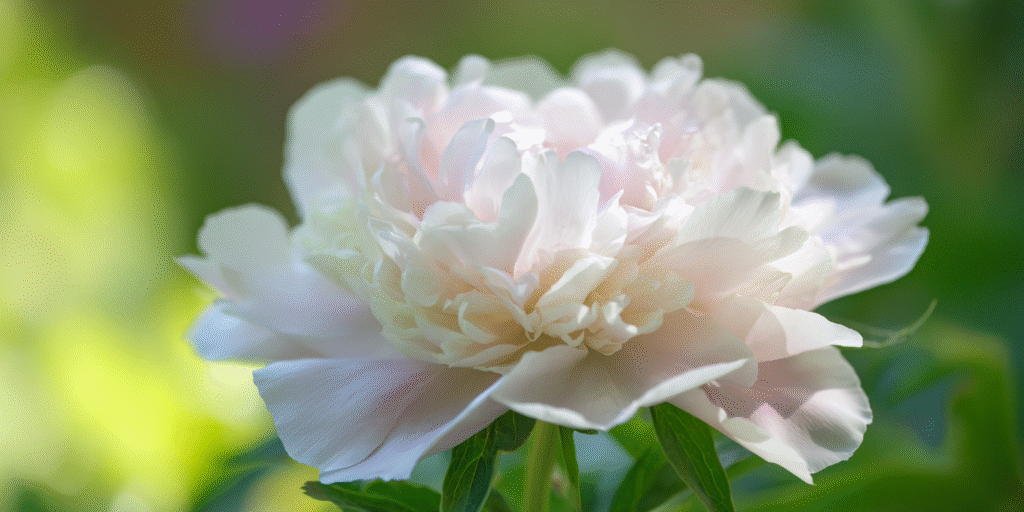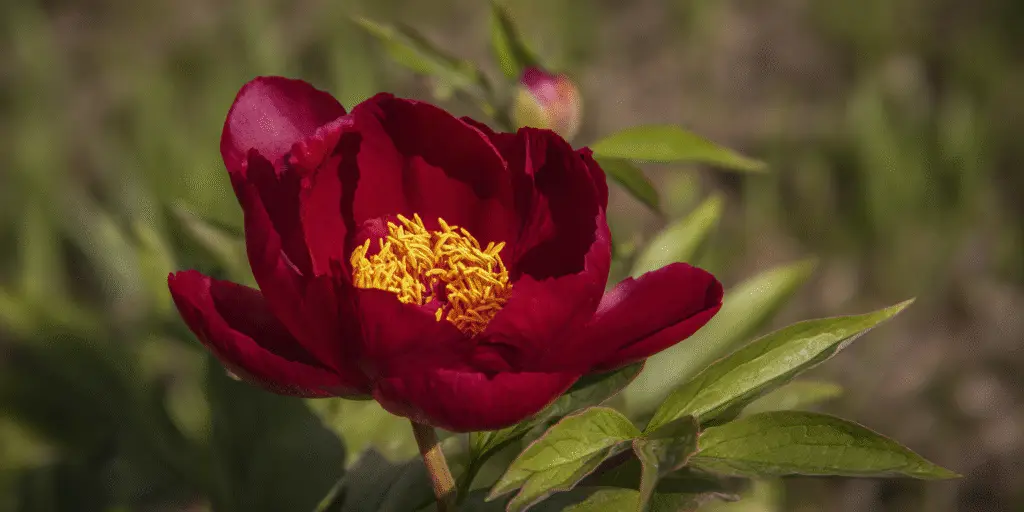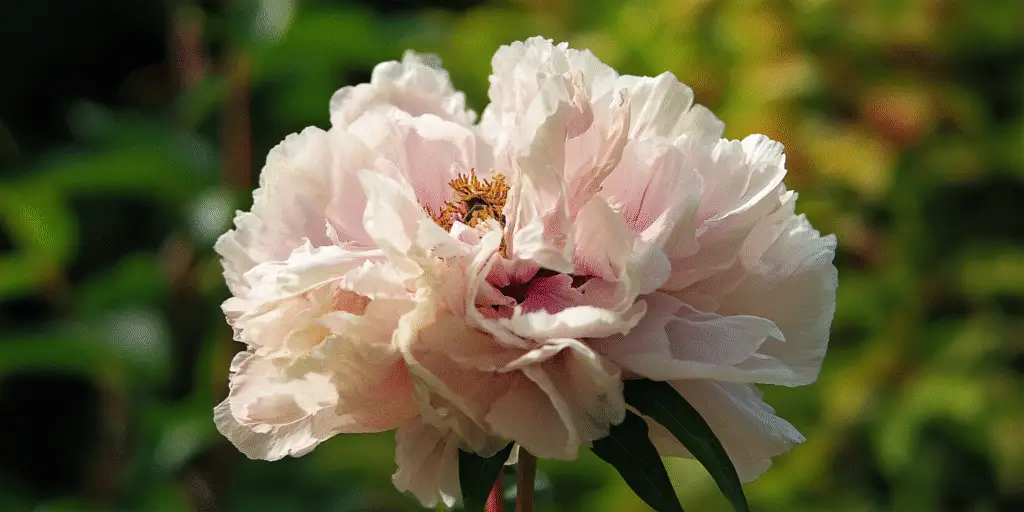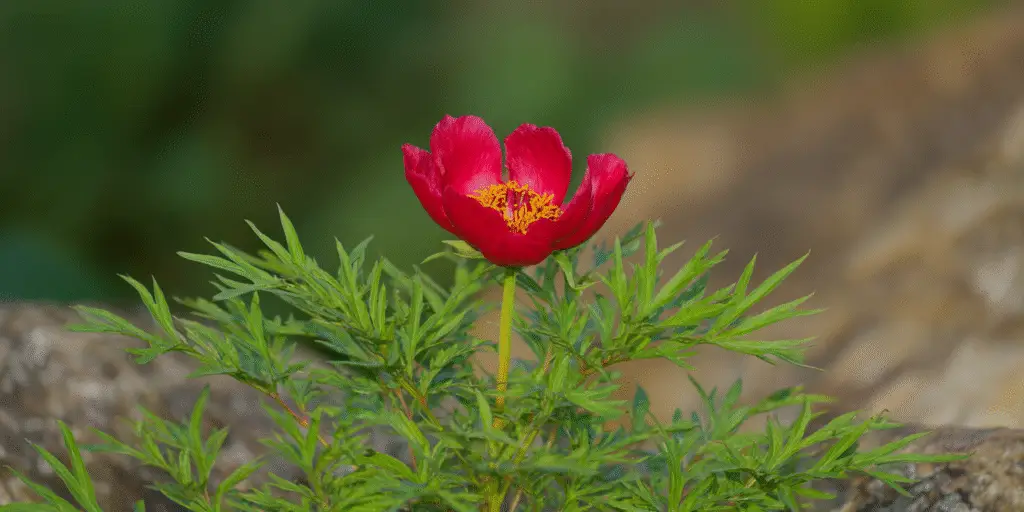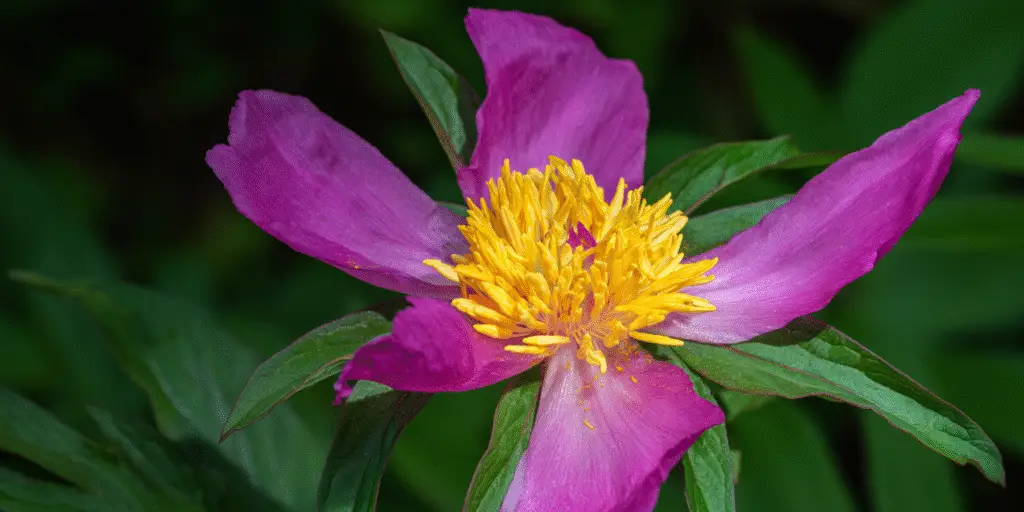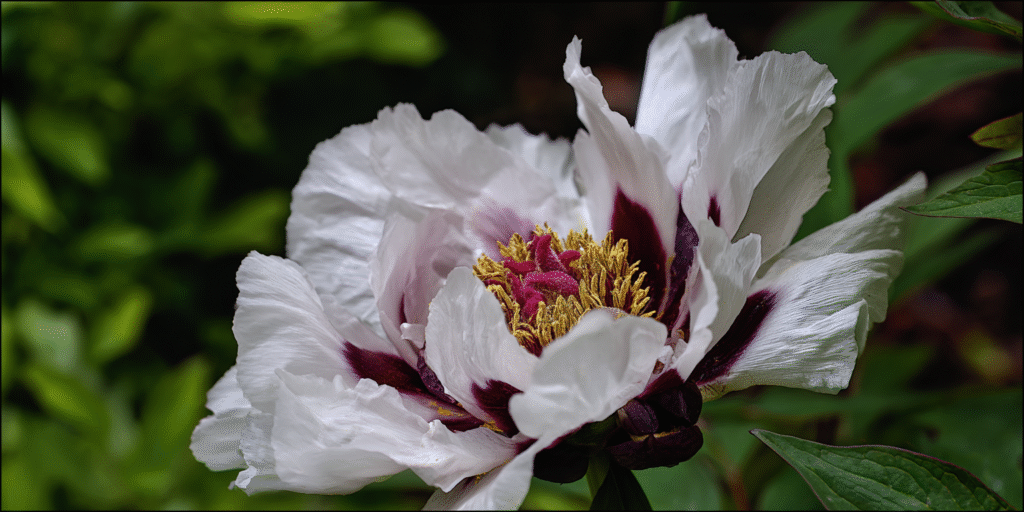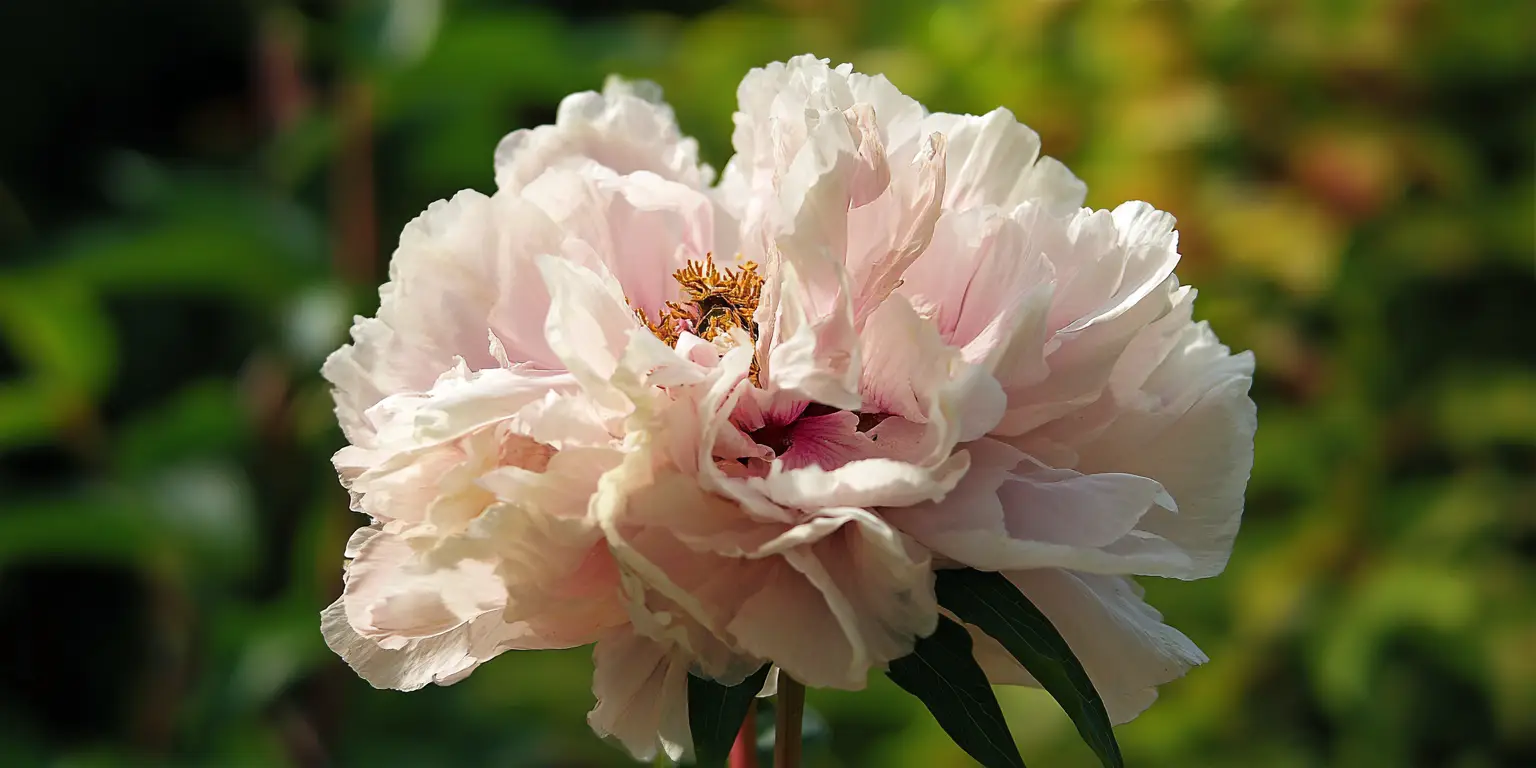
Paeonia suffruticosa
This is the classic tree peony: a woody shrub that keeps its framework year to year and flowers ahead of most herbaceous peonies.
It stands out for very large blossoms and an elegant, branching habit.
Plants perform best with morning sun and light afternoon shade in hot summers.
Bloom is usually mid spring in North America.
Shrubs are long‑lived when sited in deep, well‑drained soil.
Fragrance is noticeable on many selections.
Do not cut stems to the ground in fall because they are woody.
At‑a‑glance
- Group/Class: Tree peony (woody)
- Height × spread: 3–5 ft × 3–4 ft (0.9–1.5 m × 0.9–1.2 m)
- Bloom window: mid spring
- Color & flower form: wide range; single to double
- Fragrance: 2
- USDA hardiness: 4–8
- Origin: China
- Pet safety: avoid
How it differs
- Blooms earlier than herbaceous peonies.
- Woody stems persist and should not be cut to ground.
- Flowers are typically larger and fewer per plant.
- Tolerates light shade better during hot afternoons.
Strengths
- Architectural form with long life.
- Spectacular spring display.
- Good cold tolerance for a woody shrub in zones 4 to 8.
Care in one minute
- Site: morning sun to light afternoon shade; shelter from drying winds.
- Soil: deep, fertile, well‑drained; neutral to slightly alkaline.
- Water: steady spring moisture; reduce in midsummer once established.
- Feeding: light compost in early spring.
- Pruning: remove dead wood after bloom; avoid hard cutting.
- Winter: mulch soil lightly; do not cut woody framework.
Watch‑outs
- Large blooms can be damaged by late frost or heavy rain.
- Requires well‑drained soil; dislikes waterlogged sites.
- Grafted plants may produce rootstock suckers that should be removed.
Best uses (tags)
specimen; woodland edge; mixed borders; courtyard
Provenance note
Cultivated in China for centuries and introduced to Western gardens in the 18th–19th centuries as tree peony forms and hybrids.
References
- Missouri Botanical Garden: Paeonia suffruticosa (tree peony)
- ASPCA: Peony toxicity (Paeonia spp.)
